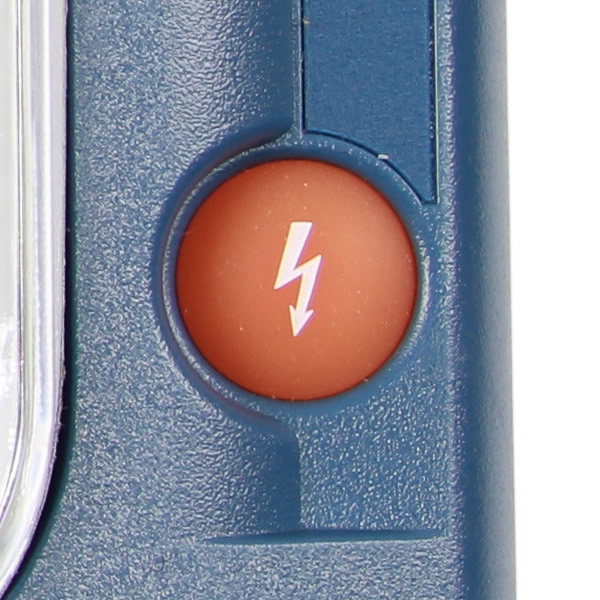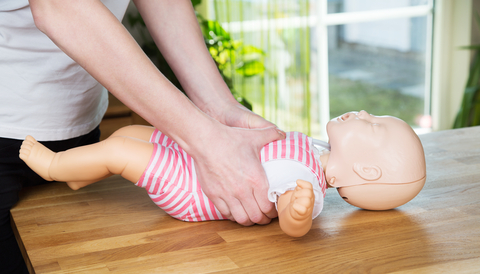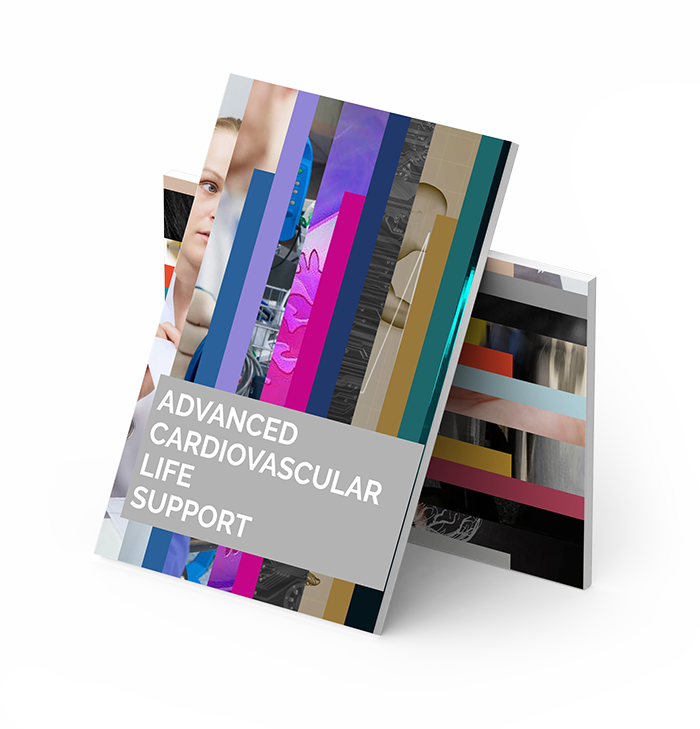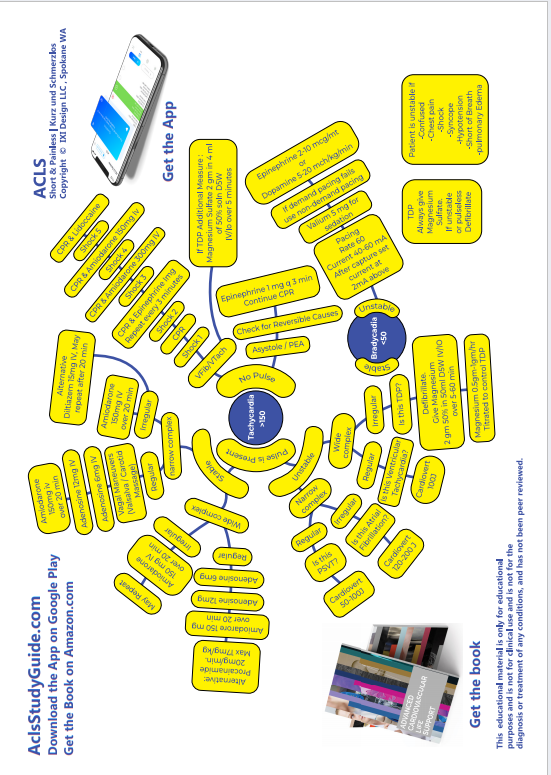
POST RESUSCITATION CARE
- Oxygenation : Maintain SpO2 >94%
- Perfusion: Capnography can be used as a guide. Target PETCO2 35-40mm Hg
-
BP maintenance:
- 1-2 L Normal Saline or Ringer Lactate. Do not give hypotonic fluids
- SBP must be kept >90, and MBP > 65
- Dopamine 2-10 microgram / kg /minute
- Norepinephrine 0.1-0.5 micrograms/kg/minute
- Epinephrine 0.1-0.5 micrograms /kg/ minute
-
Hypothermia: Maintain 32-34 degree C
- Use bladder or esophageal thermometers
-
12 Lead EKG
- The reason the most common cause of arrest is MI
- Look for new ST elevation or new LBBB, assess QTc
- Concurrent PCI and hypothermia are safe
- Coma is not a contraindication to cardiac intervention
- If STEMI noted , or if there is a high index of suspicion for AMI, take to cath suite.
-
Continuous cardiac monitoring
- Treat arrhythmias as they happen instead of prophylaxis
-
Echocardiogram to look for myocardial stunning
- May need Dobutamine 5-10 micrograms /kg/minute
- Remove reversible causes
-
Endovascular or surface cooling 32 degrees to 34 degrees C for 24h.
- After 24 h slow rewarming at 0.25 deg C per hour
- Neuro: serial neuro checks
- EEG monitoring if comatose
- Watch for hypokalemia and correct if needed
- Monitor urine output, maintain euvolemia
- Treat hypoglycemia if <80mg/dl
- Treat Hyperglycemia if >180mg/dl
Read Other Topics
Read All Pages
Ventricular Fibrillation
It this was an unwitnessed arrest, meaning it did not happen in front of you, you should give him 5 cycles of CPR...
Read More
Infant Cpr
Perform 30 chest compressions. Use two fingers and deliver the compressions over the breastbone, just below the nipple line...
Read More
Cpr General Principles
CPR sequence is Compressions- Airway - Breathing. The only exception is drowning victims where the sequence is...
Read More



